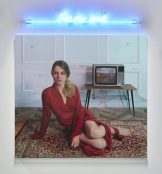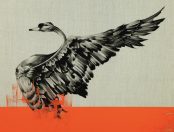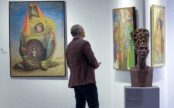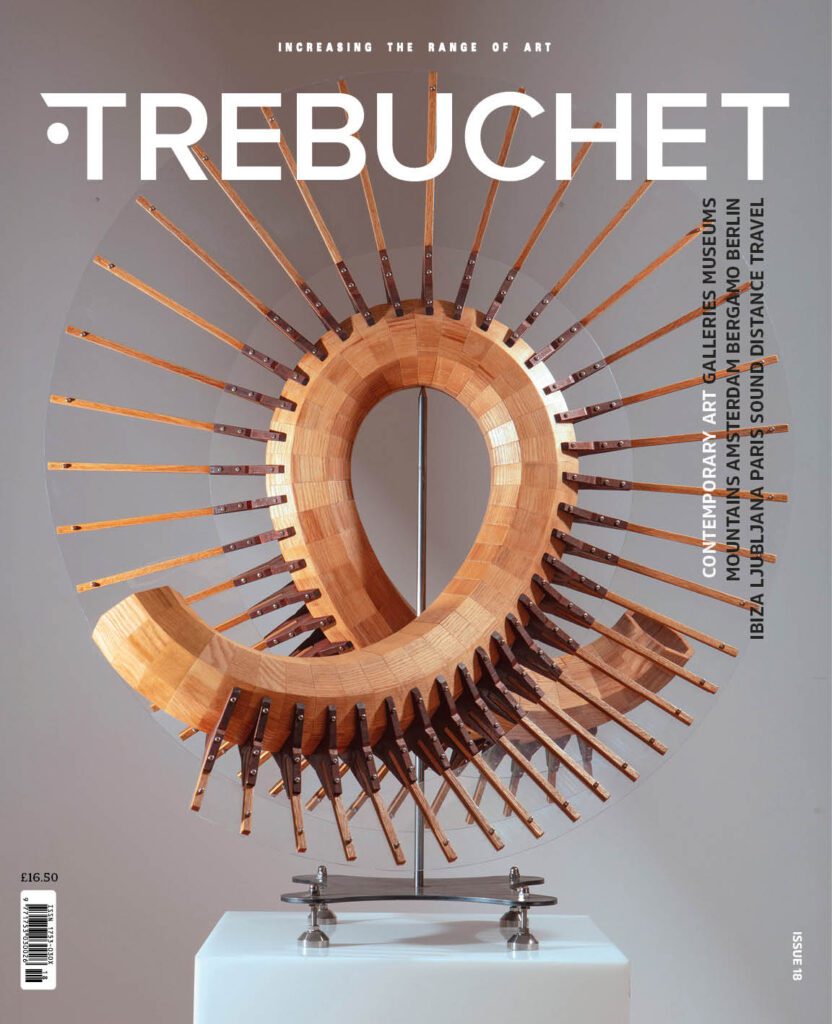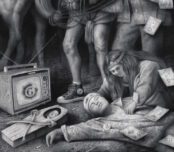[dropcap style=”font-size:100px; color:#992211;”]C[/dropcap]ontemporary life is a mash of images and symbols jostling for attention in our mind’s eye, either overlaid via media reference over the world we see, or screaming from screens, billboards, wrappers, boxes, T-shirts, and tattoos. We perceive and are perceived through a glass darkly, and recognising brands and faces in the river of voices that wash through us with each second, it is right to wonder whether we are being exploited or if opportunities even exist.
Is it that, in riding the torrent, advertising becomes a form of government, controlling many of us by corralling our perception of reality into malls of desire, convenience, envy, and fear? Things could always be better, and it seems agreed that this or that balm can save or even elevate us from the realm of problems themselves. The idea of a celebrity is a peculiar social notion which compartmentalises talent from adoration and so alleviates the need for celebrities to do anything other than maintain a public existence. It is an accessible ready-made fantasy whereby anything and anyone can be elevated, so long as they adhere to the stagecraft relevant to their shiny field—a field which looks so comfortable, so unproblematic, a shallow soap opera with happy endings in every episode… but with drama enough to keep us watching. It is Neighbours, Days of Our Lives and the entire oeuvre of The Eagles on repeat.
Doom-laden stuff indeed, and yet within the stultifying deterministic fatalism of our media world there exist plucky weeds that refuse to be paved over, and inexorable cracks in the stonework which niggle us from the corners of our consensual reality. A perception fragmented by the uncanny and ill-fitting nature of our jittery doxa which means we never quite see things the same way as other people. We may share a love for Drake and Star Wars, but even in our agreement we may differ, and the tighter the concurrence, the more disconcerting our minor deviances become. It might be that with so much in common the minor differences we feel speak to the arbitrariness of judgement, and so undermine The Rise of Skywalker. But we always know what normal appears to be and what direction we should be facing, even if we see different things. What lies under the veil of our waking perception? Who is playing with our unconscious when, in our dreams, R2D2 morphs into Yoda? Is it the ghost or the machine?

In this issue of Trebuchet we’ve been looking at a number of ways artists have interpreted the psychological impact of surrealism as a frame to bring these uncanny glitches of our existence to the fore. Egyptian artist Professor Nadia Wahdan approaches this by entangling the realism of photography with the personal process-heavy presence of face-obscuring lacework. Themes of femininity, culture, vision, presence and voice are played out through the symbolic representation of women, fabric, printing and flowers. The setting of these pictures contains the obvious hallmarks of dream and fantasy: floating women, a flat perspective, texture overlaying realism, a slip of foreground and background perhaps revealing the glitches in the waking experiences of an Egyptian woman—the dreams and corrals that surround a social existence.
Wahdan describes how she has interpreted aspects of the massurreal movement, a movement which unpicks the relationship between the unconscious and mass imagery, weirding them by glitching cognitive normalcy. Things are almost as we’d expect them to be, but that they’re not makes us question their symbolic role. In effect, this is using surrealist anti-contextualising elements to show the machinations within the ghosts of meaning that paint our perception. But what does this mean for an Egyptian artist working with global symbols?
How did you get started?
I started in 1996 when I was a student at the Faculty of Art Education, Helwan University. I studied for five years and I was first in my class. Then I completed a Masters and PhD in the field of drawing and painting, until I became a professor of drawing and painting in the same college. It all helped me a lot, culturally and artistically, to express what is inside me through my Egyptian culture. My artworks are characterised by many techniques; drawing, oil painting, digital art, dyes, acrylics, various materials, and others.
How would you describe your artistic practice?
My artistic practice has its own language, combining simplicity and sophistication as one of the concepts of contemporary art that is based on thought more than just form. I rely on a mixture of reality and imagination to express the human body, representing spiritual meanings through facial expressions and body movements. I do this through experimenting in colours, materials, different techniques, and mixing between drawing and technology…
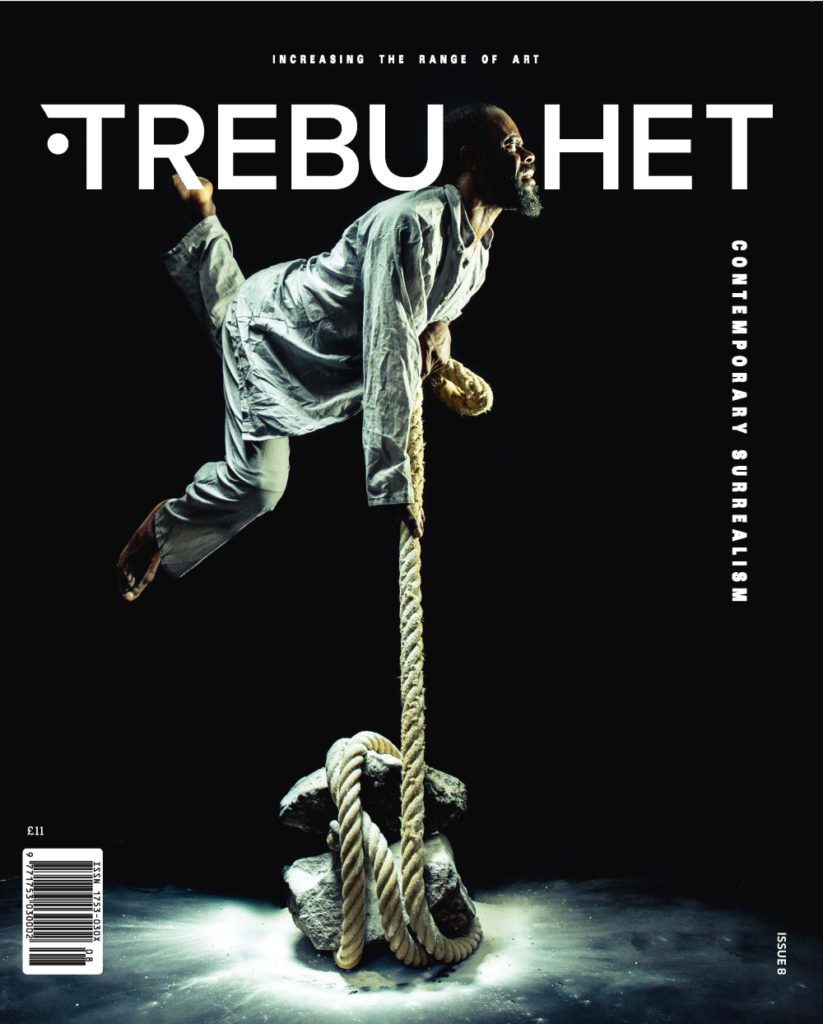

The aim of art is to represent not the outward appearance of things, but their inward significance. – Aristotle



